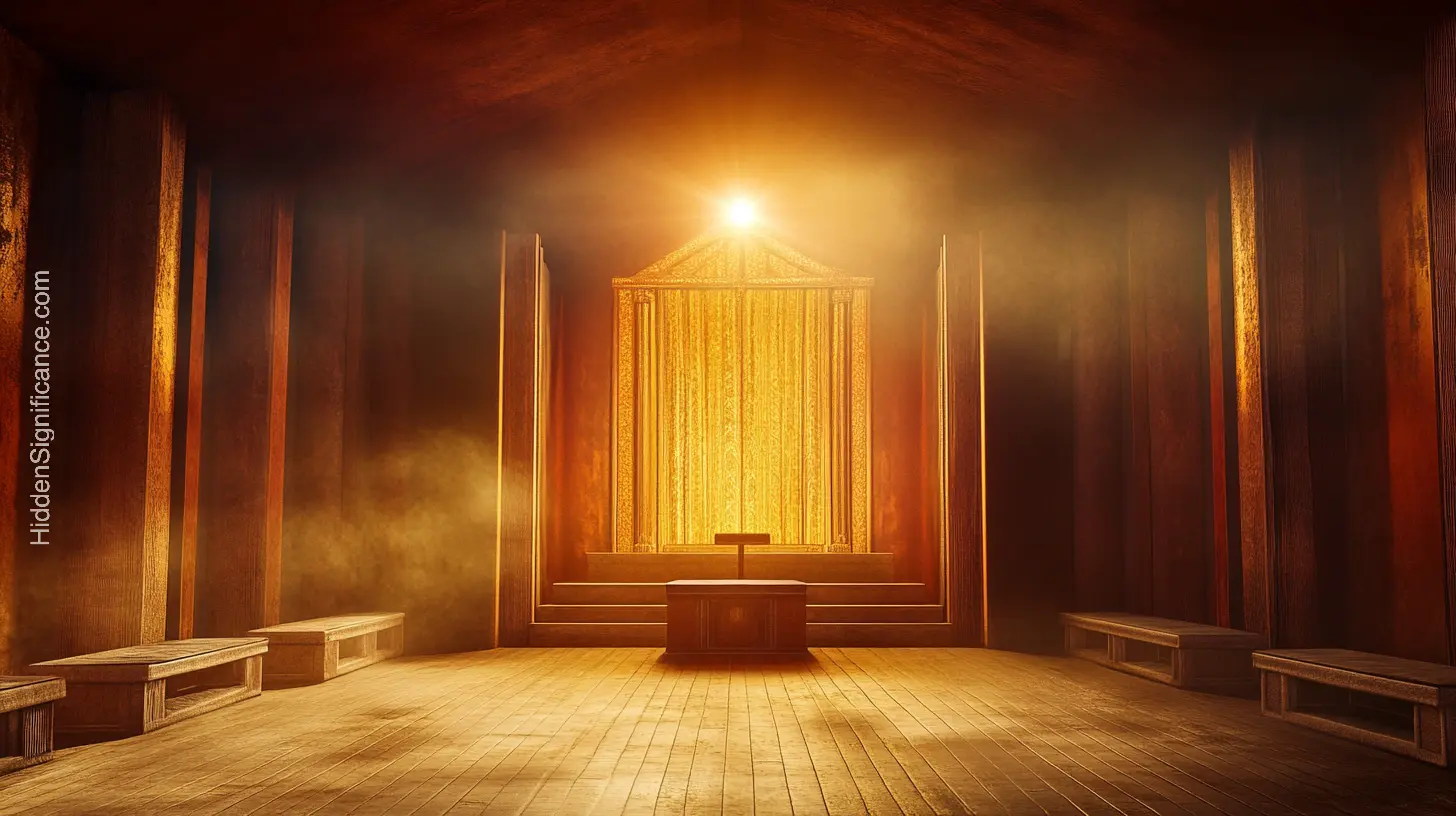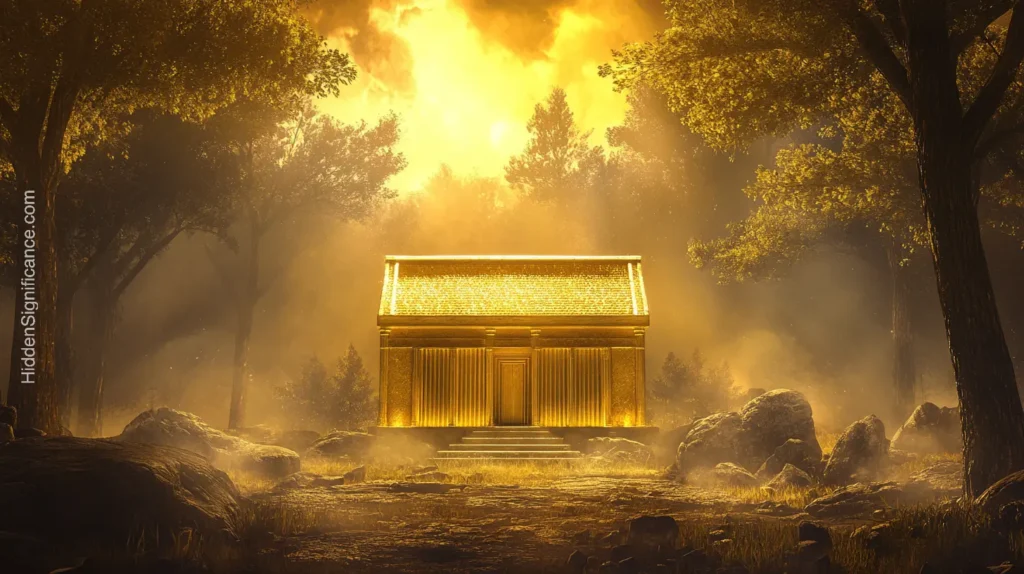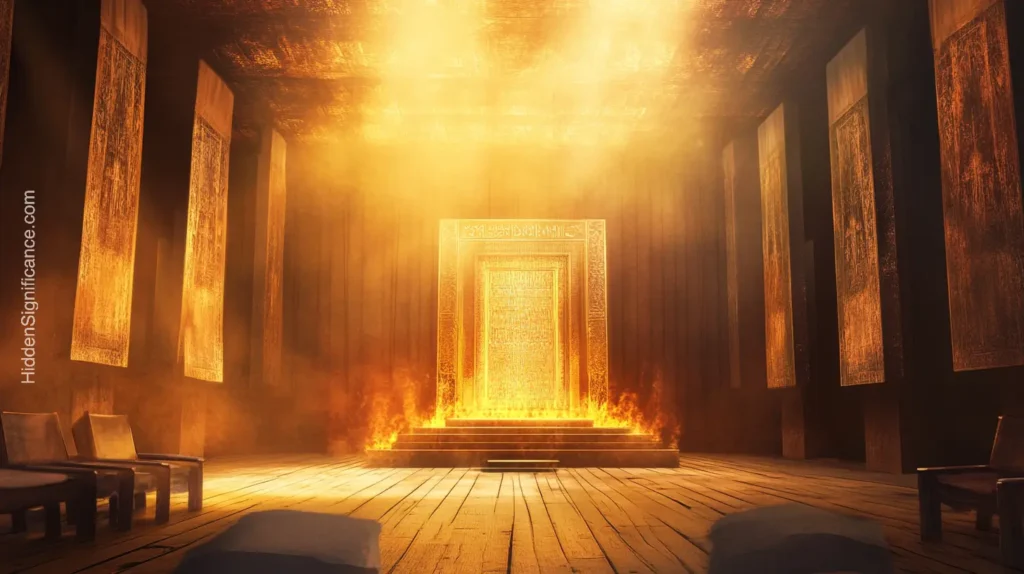
Introduction
Have you ever wondered about the deeper significance behind the intricate design of the ancient Israelite tabernacle? This portable sanctuary, described in detail in the Old Testament, holds far more than just historical interest. The spiritual meaning of the tabernacle offers a fascinating glimpse into God’s desire for relationship with His people and provides a rich tapestry of symbolism that continues to resonate with believers today.
As we embark on this journey of discovery, we’ll unpack the layers of meaning woven into every aspect of the tabernacle’s construction and rituals. From its basic layout to its elaborate furnishings, each element tells a story and points to profound spiritual truths. Whether you’re a long-time student of Scripture or simply curious about ancient religious practices, understanding the tabernacle’s spiritual significance can offer fresh insights into your own spiritual journey and the nature of God’s relationship with humanity.
Key Takeaways:
- The tabernacle symbolized God’s presence dwelling among His people
- Its design and elements foreshadowed Jesus Christ and His ministry
- The tabernacle’s layout illustrated the progressive journey of approaching God
- Each part of the tabernacle carried specific spiritual symbolism
- The spiritual principles of the tabernacle find fulfillment in the New Covenant
The Tabernacle: God’s Dwelling Place Among His People

At its core, the spiritual meaning of the tabernacle centers on one fundamental concept: God’s desire to dwell among His people. This revolutionary idea set the Israelites apart from other ancient cultures. While many believed their deities dwelled in distant, unreachable realms, the God of Israel chose to make His presence tangibly felt in the midst of His people’s everyday lives.
Exodus 25:8 captures this divine intention perfectly: “Then have them make a sanctuary for me, and I will dwell among them.” This verse encapsulates the heart of God – not a distant, unapproachable deity, but a God who longs for intimate communion with His creation. The tabernacle, with all its intricate details and prescribed rituals, served as a physical manifestation of this spiritual reality.
The Tabernacle as a Foreshadowing of Christ

One of the most profound aspects of the tabernacle’s spiritual meaning lies in its prophetic symbolism. Many elements within the tabernacle pointed forward to the coming of Jesus Christ and His redemptive work. This connection highlights the continuity of God’s plan throughout history and the centrality of Christ in both the Old and New Testaments.
Consider these powerful parallels:
These connections invite us to see the tabernacle not just as an ancient relic, but as a divinely orchestrated preview of God’s redemptive plan culminating in Jesus Christ.
The Path to God’s Presence
The layout of the tabernacle provides a powerful visual metaphor for the spiritual journey of drawing near to God. This progression teaches vital lessons about the nature of our relationship with the Divine and the process of spiritual growth.
This progressive layout challenges us to consider: Where are we in our spiritual journey? Are we content to remain in the outer courts, or are we pressing in to experience more of God’s presence?
Symbolism of the Tabernacle’s Parts
Each element within the tabernacle carried rich spiritual symbolism, offering lessons that remain relevant for believers today:
Reflecting on these symbols can enrich our understanding of God’s character and our relationship with Him. Which of these elements speaks most powerfully to you in your current spiritual season?
The Tabernacle and the New Covenant
While the physical tabernacle no longer stands, its spiritual significance continues to resonate in profound ways under the New Covenant established by Jesus Christ. The principles and truths symbolized in the tabernacle find their fulfillment and expansion in the Christian faith:
These New Covenant realities invite us to live with a constant awareness of God’s presence and to see ourselves as vessels of His glory in the world.
Conclusion
As we conclude our exploration of the spiritual meaning of the tabernacle, we’re left with a profound appreciation for the depths of symbolism and divine foresight woven into this ancient structure. Far from being a relic of the past, the tabernacle continues to offer valuable insights into our relationship with God and the nature of spiritual growth.
The tabernacle reminds us that God has always desired to dwell among His people, a desire ultimately fulfilled in Jesus Christ and the indwelling of the Holy Spirit in believers. It challenges us to approach God with reverence, to pursue spiritual purity, and to press into deeper levels of communion with our Creator. As we reflect on the rich symbolism of the tabernacle, may we be inspired to create space in our lives for God’s presence and to live as living sanctuaries, carrying His light and love into the world around us.





